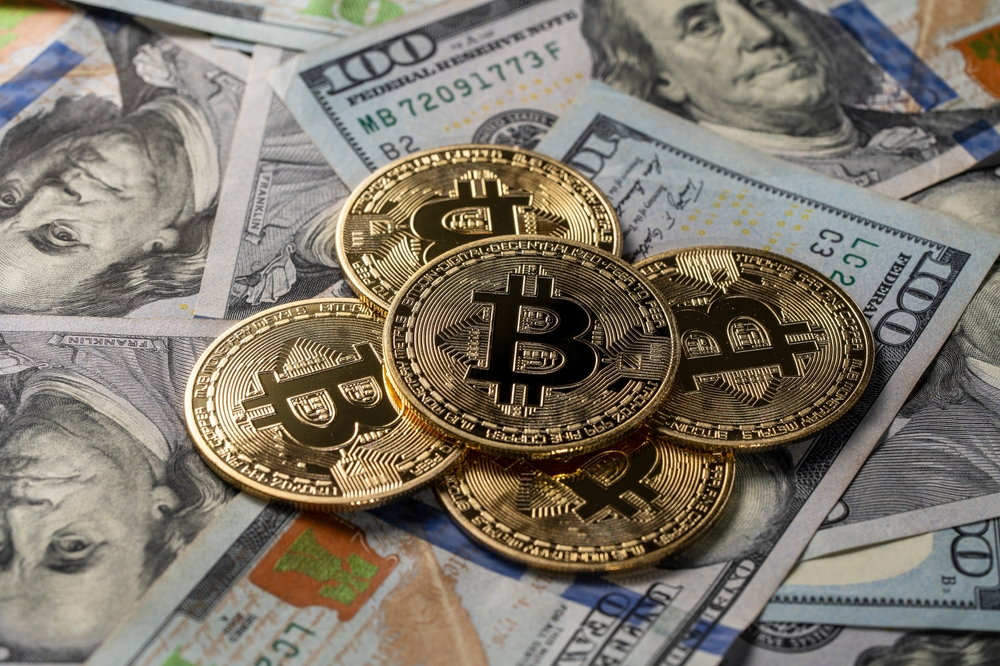THIS ARTICLE IS NOT FINANCIAL ADVICE AND THE WRITER NOR THIS ORGANIZATION IS A LICENSED FINANCIAL ADVISOR
The Ripple-vs.-SEC battle has turned into the most watched legal thriller in crypto history, and the latest developments suggest the story might finally be reaching its climax. What started as a regulatory nightmare that sent XRP crashing has evolved into a potential victory lap that could reshape how the entire cryptocurrency industry operates under U.S. law.
Judge Analisa Torres is sitting on a decision that could either validate years of Ripple’s legal strategy or send the company back to the drawing board with a massive fine and continued restrictions. The joint motion to reduce the proposed $125 million penalty and lift the ban on institutional XRP sales represents Ripple’s final push to emerge from regulatory purgatory.
The market is treating this legal chess match like a high-stakes poker game where everyone’s trying to read the cards before they’re revealed. XRP’s price movements have become a real-time barometer of investor confidence in Ripple’s legal arguments, creating a feedback loop where courtroom optimism translates directly into market momentum.
The legal strategy that seems to actually be working
Ripple’s approach to fighting the SEC has been methodical and expensive, but it’s producing results that other crypto companies are studying closely. The company’s willingness to fight rather than settle has created precedents that could benefit the entire industry if their legal arguments ultimately prevail.
The joint motion to reduce the fine represents a collaborative approach between Ripple and the SEC to find middle ground that avoids a protracted appeals process. This cooperation suggests both parties might be ready to move beyond the litigation phase and toward a resolution that allows normal business operations to resume.
Legal analysts are interpreting the recent filings as signs that Torres is preparing to issue her final ruling on remedies, which could happen within weeks rather than months. The timing of this decision will likely determine whether XRP can capitalize on broader crypto market momentum or remains sidelined by regulatory uncertainty.
The institutional sales ban has been the most damaging aspect of the SEC case because it prevented Ripple from conducting normal business operations with large customers. Lifting this restriction would immediately restore XRP’s utility for institutional payment corridors and cross-border transactions.
The precedent that Ripple’s case sets for other cryptocurrencies could be more valuable than the immediate impact on XRP itself. A favorable ruling would provide clarity about what constitutes a security in the crypto space and potentially protect other tokens from similar SEC enforcement actions.
On-chain activity is telling a different story than price charts
While XRP’s price has been volatile and technical analysts debate support levels, the underlying blockchain activity suggests growing real-world adoption that goes beyond speculative trading. The 1,000-percent surge in payment volume on the XRP Ledger could indicate actual utility rather than just investment speculation.
The 4.2-percent increase in XRP’s 30-day realized cap, which measures the value of coins at the time they last moved, suggests that long-term holders are accumulating rather than selling. This metric often provides better insight into investor sentiment than daily price movements.
XRP’s realized cap surpassing Solana’s indicates that despite regulatory challenges, the token is maintaining strong fundamentals that attract serious investors. This comparison is particularly meaningful because Solana has been one of the most hyped cryptocurrencies in recent years.
The on-chain metrics suggest that institutional and retail investors are positioning themselves for a potential legal victory rather than abandoning XRP due to regulatory uncertainty. This accumulation behavior often precedes significant price movements when catalysts finally emerge.
The disconnect between price volatility and on-chain strength suggests that XRP’s value is being suppressed by regulatory uncertainty rather than fundamental problems with adoption or utility. This compression could lead to substantial price movements if legal clarity emerges.
Institutional money is circling like vultures
The speculation around XRP exchange-traded funds reflects growing institutional interest in gaining exposure to the token once regulatory clarity emerges. ETF applications typically follow rather than precede institutional demand, suggesting that major financial institutions are already planning XRP allocations.
Bitget’s projection of XRP reaching $5 by the end of 2025 reflects the type of institutional price targets that emerge when large-scale adoption becomes feasible. These targets assume that legal clarity will unleash pent-up institutional demand that has been waiting on the sidelines.
The institutional interest in XRP stems from its specific utility for cross-border payments and remittances, which represents a massive addressable market that traditional cryptocurrencies like Bitcoin can’t efficiently serve. This use case differentiation makes XRP attractive to institutions looking for crypto exposure beyond store-of-value applications.
Banking partnerships and payment corridor integrations that have been delayed due to regulatory uncertainty could rapidly accelerate following a favorable legal resolution. The infrastructure for XRP adoption already exists and is waiting for regulatory permission to operate at full capacity.
The institutional allocation strategies being developed around XRP suggest that some major financial institutions view the regulatory case as a temporary obstacle rather than a permanent barrier to adoption. This long-term perspective supports higher price targets and increased market capitalization.
Technical analysis reveals the battle lines
The critical support level at $2.05 represents more than just a technical trading level. It’s become a psychological battleground where bulls and bears are testing each other’s conviction about XRP’s future prospects. Breaking below this level could trigger stop-loss selling that pushes prices downward.
The technical setup reflects the broader uncertainty surrounding the legal timeline and outcome. Traders are using chart patterns and support levels to navigate a situation where fundamental analysis depends heavily on unpredictable legal developments.
Short-term technical weakness doesn’t necessarily contradict long-term bullish fundamentals, but it does create opportunities for traders to accumulate positions at lower prices before potential legal catalysts emerge. The volatility around key support levels often precedes significant directional moves.
The bear case for XRP relies heavily on technical breakdown scenarios because the fundamental bear case has weakened as legal developments have moved in Ripple’s favor. This creates a situation where technical analysis might be more relevant for timing than for long-term direction.
Options and derivatives markets are showing increased activity around XRP, suggesting that both institutional and retail traders are positioning for significant price movements in either direction. This increased options activity often precedes major volatility events.
The market hasn’t priced in victory yet
Industry analysts arguing that XRP’s current price doesn’t reflect a positive legal outcome suggests significant upside potential if Torres rules favorably.
The market’s conservative pricing of XRP reflects the crypto community’s experience with regulatory uncertainty and legal delays. Previous cases have taught investors to remain cautious about legal outcomes until they’re officially announced and implemented.
The institutional adoption timeline for XRP assumes that legal clarity will emerge within the next 6-12 months, creating a defined catalyst period that could drive price appreciation. This timeline aligns with Torres’s expected ruling schedule and potential appeals processes.
Positioning for the next phase
The current environment creates opportunities for investors who can navigate the uncertainty while positioning for potential legal catalysts. The key is balancing the risk of continued delays against the potential for explosive growth following regulatory clarity.
Risk management becomes crucial during periods of uncertainty. The broader crypto market context also matters if XRP’s legal victory coincides with favorable conditions for cryptocurrency adoption generally. This could amplify the positive effects of regulatory approval and institutional adoption.
Legal developments in crypto often create step-function changes rather than gradual improvements because of the binary nature of regulatory outcomes which create winner-take-all scenarios.
The Ripple case represents more than just one company’s legal battle. It’s become a test case for how the cryptocurrency industry will coexist with traditional regulatory frameworks, making the outcome relevant for the entire crypto ecosystem’s future development.
AI assisted in the writing if this web post.

















